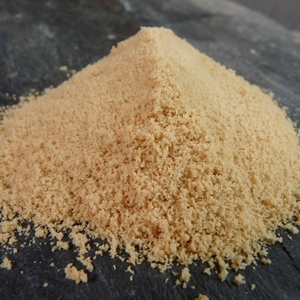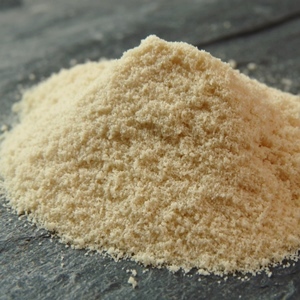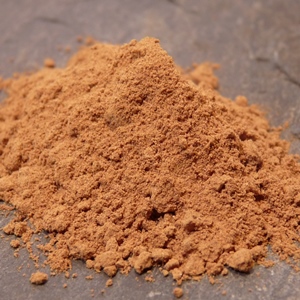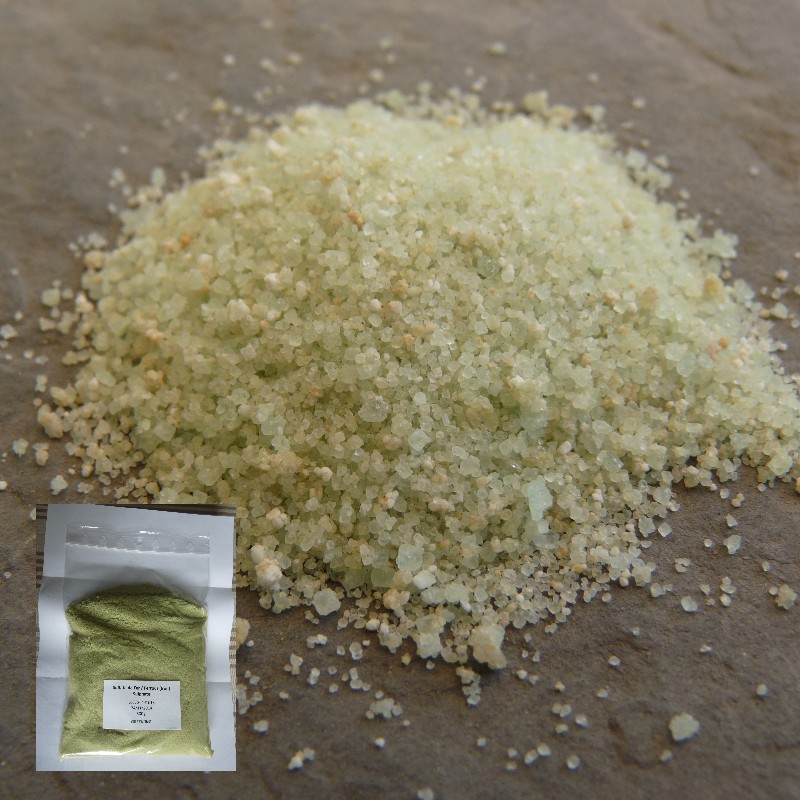Description
OAK GALLNUT EXTRACT is a natural extract prepared from oak gallnut (Quercus Infectoria Olivier). This gallnut extract was especially developped for textile and natural dyeing uses : a very high content in tannic acid combined with low colour.
Main constituents : Hydrolysables tannins > 95 %.
Light yellow powder in granular form producing almost no dust during handling. Very good solubility in cold or hot water.
Uses :
Pre-treatment of vegetable fibres : The tannic acid is perfect for the pre-treatment of cellulosic vegetable fibers (named engallage in this case) to enhance the fixation of the mordant during the mordanting step.
THIS TANNIN HAS A LIGHT COLOUR. RECOMMENDED FOR ENGALLAGES STEPS.
Textile dyeing : any fiber can be dyed with oak gallnuts. It does increase lightfasntess of the resulting colours. In presence of iron sulphate, this extract forms very solid and very dark complexes. This property allows to use the extract of gallnut for shading (with iron sulphate) after dark shades (madder, indigo) on silk and wool. This makes these shades even darker while limiting the iron sulphate (which makes these fibers weak).
Other uses : tannery, manufacture of iron gall inks.
The plant :
The oak galls are produced by the tree as a defense against the sting of an insect in buds. The tree excretes a tannin-rich substance that becomes harder and forms a gallnut.
Gall oaks are present around the Mediterranean Sea and in Minor Asia. Aleppo galls are the most reputed because of their highest tannin content (50 to 70 %).
Oak galls have been used since Antiquity. Tablets of Sumerians’ cuneiform writing dated 3000-2000 B.C. mentions the use of galls in the manufacture of leather.




